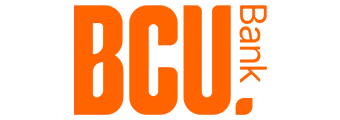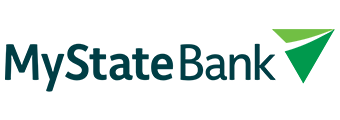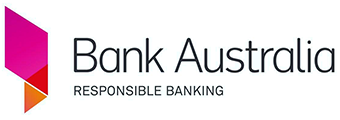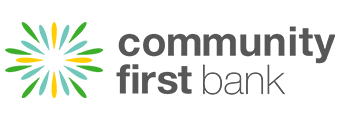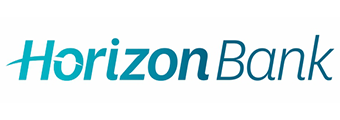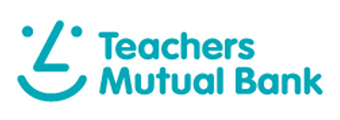How can a bonus saver account benefit me?
These accounts are designed to help you save money. Interest is usually calculated daily and paid monthly. If you have increased your savings to their requirements, then you will receive the bonus interest.
The bonus rate is an additional percentage determined by the bank and then added to their standard variable interest rate. You will usually see this as two payments (base and bonus) in your transaction history or statement.
Typically the base interest rate is quite low, sometimes just 0.10% p.a. which provides a lot of incentive to meet those conditions every month so you attain the additional interest.
Benefits of meeting the bonus conditions
Even on a $10,000 balance, not meeting the criteria could mean you miss out on hundreds of dollars every year.
Say your bank account had a base interest rate of 0.50% p.a. and a 3.50% p.a. bonus rate (4.00% p.a. total) by depositing $200 per month into the account.
If you had a $10,000 balance and didn’t touch the account for a year, you’d have gained $50 in interest and nothing more.
If you deposited $200 every month and got 4.00% p.a. total interest, you’d have $12,852 at the end of the year. This comprises of $2,400 in deposits, and $452 total interest.
The $452 interest would then be taxed as income. So if you earned $60,000 in the year, you’d be taxed at $60,452.
What’s the difference between an Introductory Bonus account and a Bonus Saver account?
1. Time
As the title might suggest, honeymoon or introductory savings accounts usually only offer the top rates for a few months – most likely three or four. After that period, the bank hopes you stick around while offering a lower interest rate.
A bonus saving account’s top interest rate is usually ongoing – though it is still variable – and does not have a ‘sunset’.
2. Hoops to jump through
With a Bonus Saver account, you usually receive the bonus interest when you’re able to deposit a certain minimum amount per month, transact a certain number of times with the linked transaction account and so on.
In contrast, an introductory savings account usually has no hoops, such as minimum deposit requirements, just the fact it ends after a few months.
3. New customer vs existing customer
Introductory savings accounts usually require you to be a new customer to attain the top rate. A bank’s definition of ‘new’ might differ to others’. For example, the bank might require 60-90 days between when you closed your old account and moved funds and when you opened the new one. This information is usually available in the product disclosure statement (PDS).
Bonus saver accounts usually offer the top rate to both new and existing customers.
Do I lose the bonus interest permanently if I don’t meet the conditions for one month?
No. The bonus interest is available for each month that you meet the requirements. So if you miss one month, that is the only month that will be affected. Be aware that with many accounts, to qualify for bonus interest one month, you must have fulfilled the bonus criteria the previous month. So, for example, if you need to deposit $1,000 to get the bonus interest, for you to qualify in March, you must have fulfilled the criteria in February.
What features should I look for in a bonus saver account?
1. A high total interest rate
Each bank offers something different. Find the bank that offers the highest bonus interest that suits your needs. If you’re going to be jumping through some hoops, you want to ensure the interest rate is competitive to be worth your time.
Also look at the difference between the base rate and the bonus rate. Some banks’ base interest rate is just 0.10% p.a. which means you are really punished if you don’t meet the conditions one month.
2. Acceptable conditions for you
You might want to choose an account that has conditions you can realistically see yourself meeting. For example, it’s no use finding an account for under-35s if you’re older. Unlike other conditions, you can’t change your age!
Many of the top interest rates in the market have both deposit and transaction requirements, as well as the requirement to grow the balance. If you want a low-maintenance savings account, this might be too much hassle. Some might have a slightly lower interest rate, but have fewer hoops to jump through.
Luckily there are a lot of products out there that offer a range of different features and requirements – there’s bound to be one out there that suits you.
3. Deposit limits
Many of the highest-interest savings accounts only apply the top interest rate up to a certain limit, say $50,000 or $100,000. If you have a lot of cash you are adamant on putting in a bank account, it might be more effective to find one with a lower interest rate that applies to a higher balance, say $250,000.
For example, if you had $250,000, and a 4.00% p.a. savings account up to $50,000 that reverted to 3.00% p.a. after, that would mean $2,000 in yearly interest in the first instance, and $6,000 on the remaining $200,000.
Compare this to say a 3.85% p.a. account on the full $250,000, and that would yield $9,625 in a year – $1,625 more.
Also keep in mind the government’s $250,000 Financial Claims Scheme. This guarantees $250,000 per individual per banking licence. If you had more than this amount, it might be worth splitting it up across different banks.
What are the advantages of disadvantages of bonus savings accounts?
Advantages
1. You get a higher interest rate
Provided you stick to your conditions, you could boost your savings relatively quickly. According to recent RBA data, bonus savings accounts on average offer more than one percentage point over the average online savings account.
2. Ongoing rate
Unlike introductory savings accounts, bonus savings account rates are typically ongoing. This means that the rate won’t ‘sunset’ after three or four months. Of course, they are still variable, which means they can change up and down to suit market conditions.
3. Could be a method of forced savings
Many bonus savings accounts have the requirements of both depositing a minimum amount, and also growing the balance every month. This could act as a method of forced saving. By the time you’ve deposited the minimum, you might not feel like withdrawing it again. The ‘grow balance’ requirement also makes you deposit more than you’ve withdrawn – even if it’s only a few dollars’ worth.
Disadvantages
1. Conditions could be onerous
Sometimes the conditions to attain the top interest rate are too onerous and you can’t make them every month. If you’re consistently failing to make the bonus criteria, or if you’re the type to ‘set and forget’, maybe an unconditional account or term deposit are more your thing.
2. Online only
Often the top interest rates are linked to banks and accounts that are online-only. This means that you probably won’t find a branch, and if you need support you’ll have to ring up or use the online support chat function.
3. Base interest rate often low
These banks really like you to meet the bonus criteria, and often have low base interest rates. The base interest rate is sometimes as low as 0.10% p.a. This means that if you fail to meet the bonus conditions, your money earns effectively nothing.


